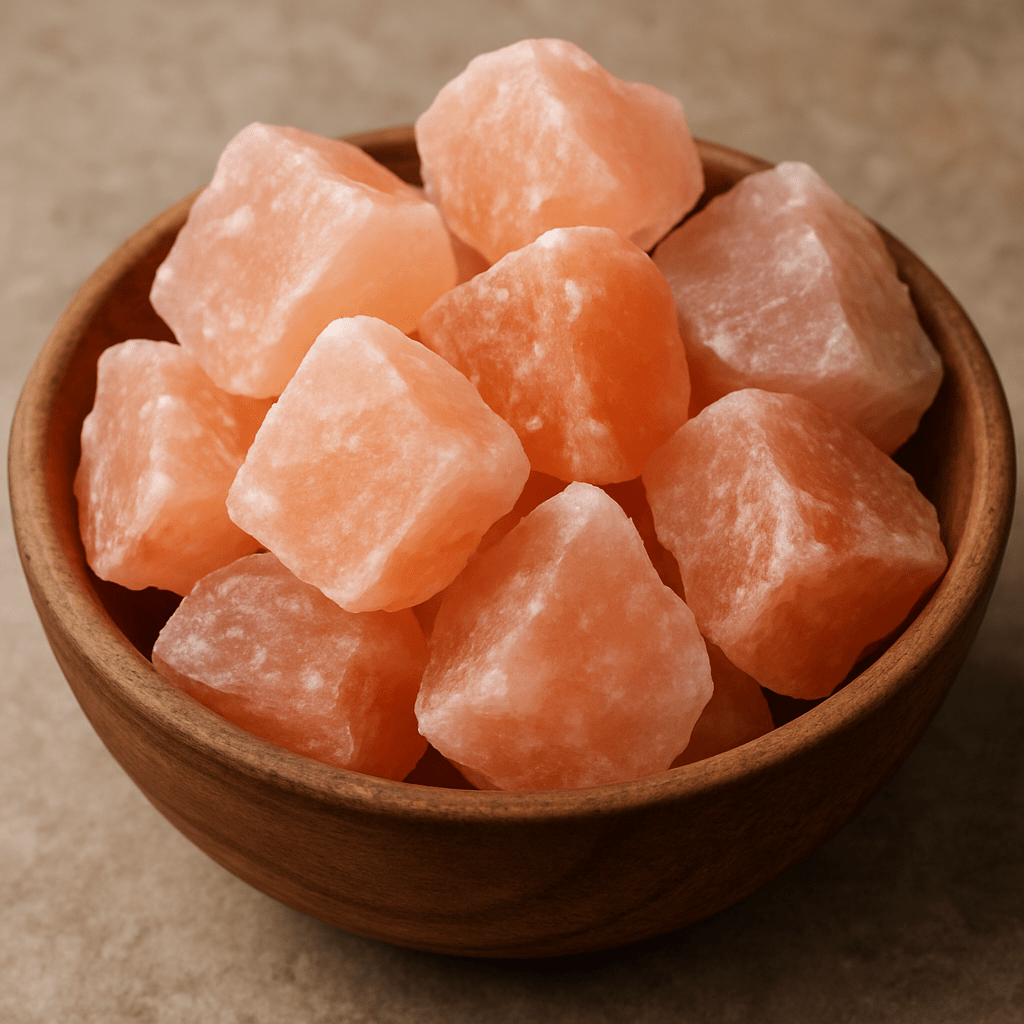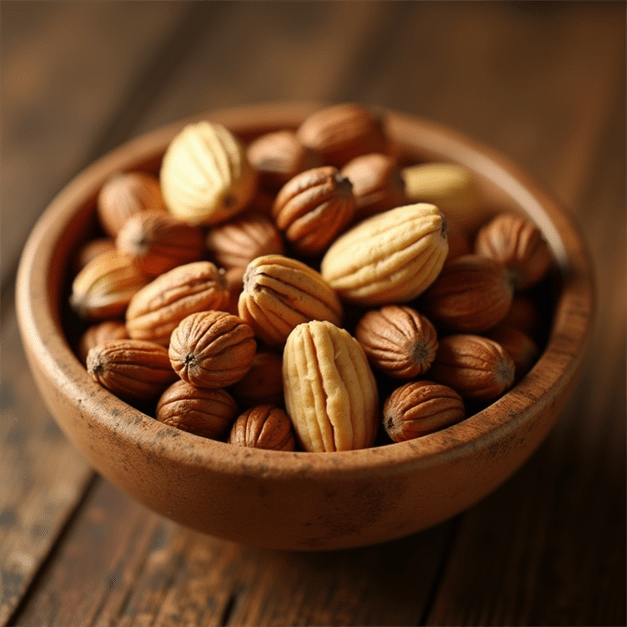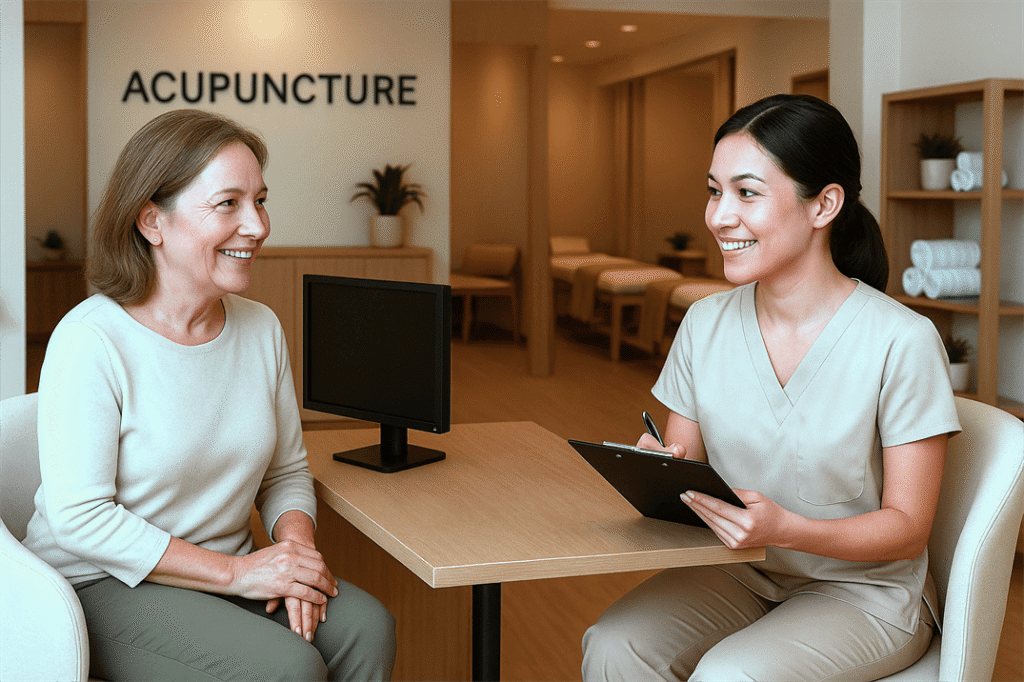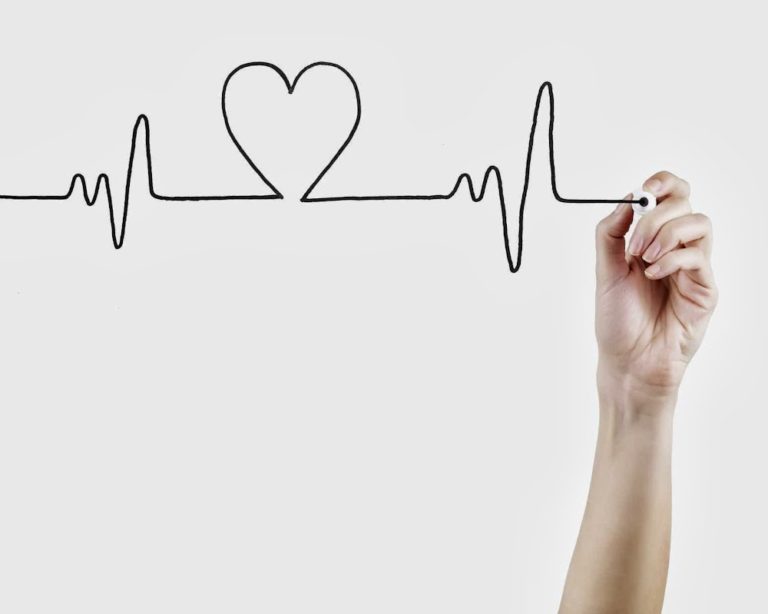The Pink Salt Diet Trick: Social Media Meets Snake Oil
You know what kills me about the pink salt craze? It’s got all the hallmarks of every diet scam I’ve seen roll through the wellness world in my 30 years on this planet. The promises are shinier than a new penny, and the logic is about as solid as a chocolate teapot.
I watched this trend explode across my Instagram feed like wildfire in a drought. Suddenly, everyone and their yoga instructor was mixing Himalayan salt into water and calling it a metabolism miracle. One morning, my neighbor Janet knocked on my door, clutching her phone and asking if I’d heard about this “natural Ozempic” everyone was talking about.
That’s when I knew we had a problem. When people start comparing salt water to prescription medications, somebody needs to pump the brakes and have a real conversation.
What This Pink Salt Nonsense Actually Is
The Pink Salt Diet Trick sounds fancy, but it’s simpler than explaining why cats knock things off tables. You take a quarter to half teaspoon of Himalayan pink salt, dump it in a glass of warm water, maybe squeeze in some lemon juice or apple cider vinegar if you’re feeling adventurous, and drink it first thing in the morning.
That’s it. That’s the whole revolutionary breakthrough that’s supposed to melt fat while you sleep and reset your metabolism like you’re rebooting a computer.
The recipe variations are about as creative as a gas station sandwich. Some folks add honey or maple syrup to make it less like drinking the ocean. Others throw in cayenne pepper because apparently we’re not suffering enough already.
The timing changes depending on which influencer you’re following. Morning people swear by the dawn approach. Night owls claim bedtime consumption burns fat while you dream.
The Science Behind the Hype (Spoiler: There Isn’t Any)
Here’s where my former nurse brain kicks into high gear and starts asking uncomfortable questions. Show me the peer-reviewed studies. Show me the controlled trials. Show me literally any evidence that isn’t a before-and-after photo on TikTok.
You’ll be looking for a while, because that evidence doesn’t exist. The claims about pink salt water boosting metabolism or burning fat have about as much scientific backing as my theory that wearing mismatched socks improves creativity.
Himalayan pink salt does contain trace minerals like magnesium, potassium, and iron. But the amounts are so microscopic they make a grain of sand look substantial. We’re talking 2-3 milligrams of potassium in a quarter teaspoon when your body needs 3,500 milligrams daily.
That’s like trying to fill a swimming pool with an eyedropper. Technically possible, but you’ll be there until the sun burns out.
Why People Think It’s Working
If this pink salt business is basically expensive placebo water, why are people swearing it changed their lives? The answer has less to do with magic minerals and more to do with basic human psychology mixed with some legitimate hydration benefits.
Most people start their day dehydrated after eight hours without fluids. Drinking any liquid, whether it’s salt water or plain old H2O, can reduce bloating and boost energy. Your body isn’t responding to the salt—it’s just grateful to finally get some moisture after feeling like a raisin all night.
Then there’s the placebo effect, which is stronger than most people realize. When you believe something will work, your brain actually creates measurable changes in how you feel. I’ve seen patients improve dramatically on sugar pills because they expected to feel better.
The ritual aspect matters too. Starting your day with an intentional health practice often leads to more mindful choices throughout the day. The salt water becomes a trigger for better habits, even though it’s not doing the heavy lifting itself.
The Problems Nobody’s Talking About
Here’s what makes me want to shake sense into people: this trend isn’t just ineffective, it can be genuinely harmful for some folks. Americans already consume way too much sodium—about 3,400 milligrams daily when the limit should be 2,300. Adding more salt, even the pretty pink kind, is like pouring gasoline on a fire.
People with high blood pressure, kidney problems, or heart conditions shouldn’t be casually adding sodium to their morning routine. But the influencers pushing this trend aren’t asking about medical history or current medications. They’re just promising miracle results to anyone willing to buy their special salt.
I had a client last month—let’s call her Maria—who tried the pink salt trick for three weeks. She has borderline hypertension that she manages with diet and exercise. Guess what happened when she added daily salt water to the mix?
Her blood pressure spiked, and she ended up in her doctor’s office wondering why her numbers suddenly went haywire. The pink salt wasn’t some gentle mineral supplement—it was actively working against her health goals.
Who Should Run From This Trend
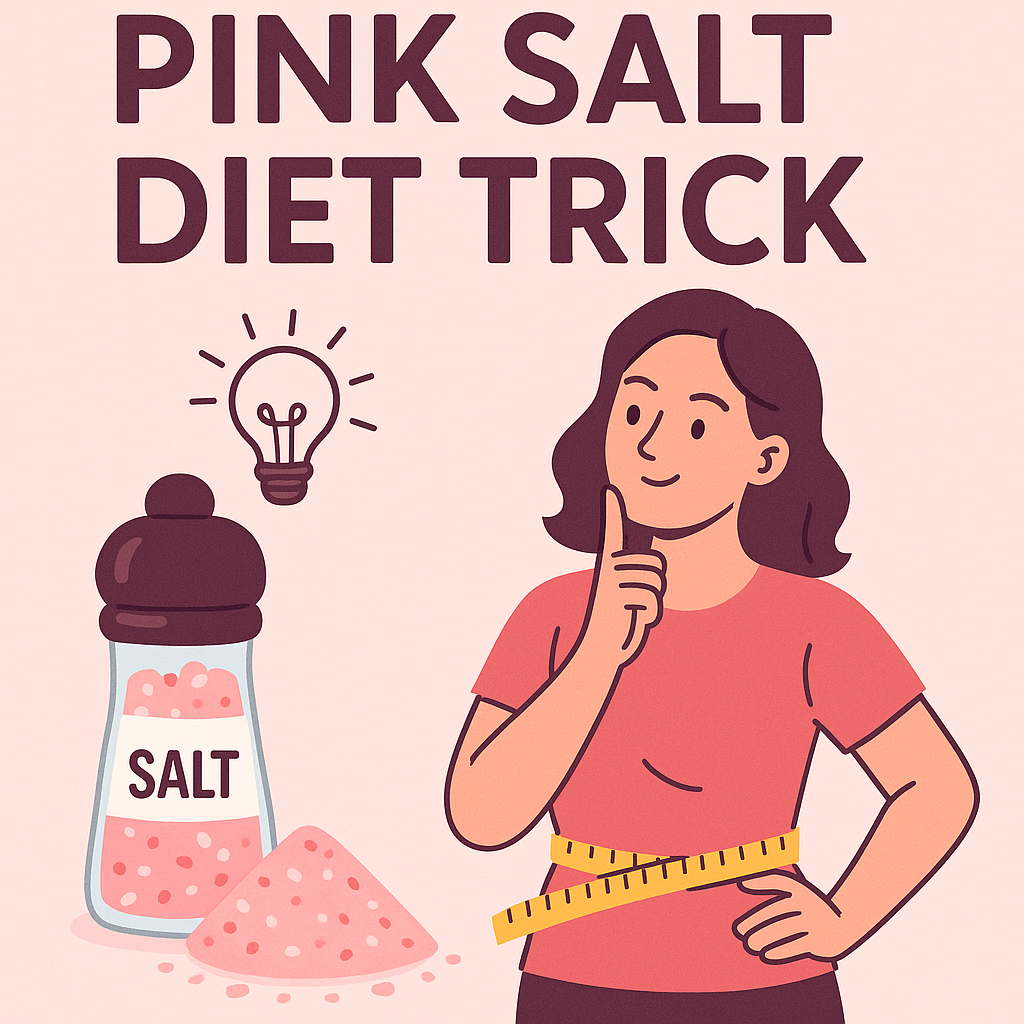
If you fall into any of these categories, the pink salt trick is about as appropriate for you as a chocolate umbrella in a thunderstorm:
Anyone with high blood pressure or taking blood pressure medications. People with kidney disease or a history of kidney stones. Folks with heart failure or other cardiovascular conditions. Pregnant women who already retain more fluid than usual. Anyone on a sodium-restricted diet for medical reasons.
The list goes on, but you get the picture. This isn’t harmless for everyone, despite what the wellness gurus want you to believe.
What Actually Works for Real People
Instead of chasing viral trends that promise overnight transformations, let’s talk about strategies that actually move the needle. These might not get you 100,000 likes on social media, but they’ll improve your health without the side effects.
Sustainable weight management happens when you consistently eat fewer calories than you burn. No amount of pink salt changes this basic equation. It’s like trying to empty a bathtub by changing the color of the drain—the mechanics don’t work that way.
Protein matters more than fancy salt. Eating enough protein—about 0.8 to 1.2 grams per pound of body weight—keeps you satisfied longer and supports muscle maintenance. Your body burns more calories processing protein than it does processing carbs or fat.
Sleep quality trumps morning rituals every single time. Seven to nine hours of good sleep regulates the hormones that control hunger and satiety. Poor sleep messes with leptin and ghrelin, making you hungrier and less satisfied after meals.
The Psychology of Viral Wellness Trends
The pink salt phenomenon tells us more about human psychology than it does about nutrition science. We want to believe that complex problems have simple solutions, especially when those solutions come with compelling before-and-after photos and celebrity endorsements.
Social media amplifies this tendency by showing us curated success stories while hiding the failures and side effects. For every person posting about their pink salt transformation, there are dozens who tried it for a week, felt no different, and quietly moved on to the next trend.
The authority figures promoting these trends often lack relevant credentials. A lifestyle blogger with great lighting and perfect teeth can sound more convincing than a registered dietitian with 20 years of experience and a wall full of diplomas.
Making Smarter Choices
If you’re determined to try pink salt water despite everything I’ve said, at least be smart about it. Start with no more than a quarter teaspoon per day and pay attention to how your body responds. Keep a simple log of energy levels, appetite changes, and any side effects.
Don’t use this as a replacement for proven health strategies. Think of it as you would any other supplement—a minor addition to an already solid foundation, not the foundation itself.
Set realistic expectations based on what the science actually shows. Any benefits you experience will likely come from better hydration and increased mindfulness about your health, not from the minerals in the salt.
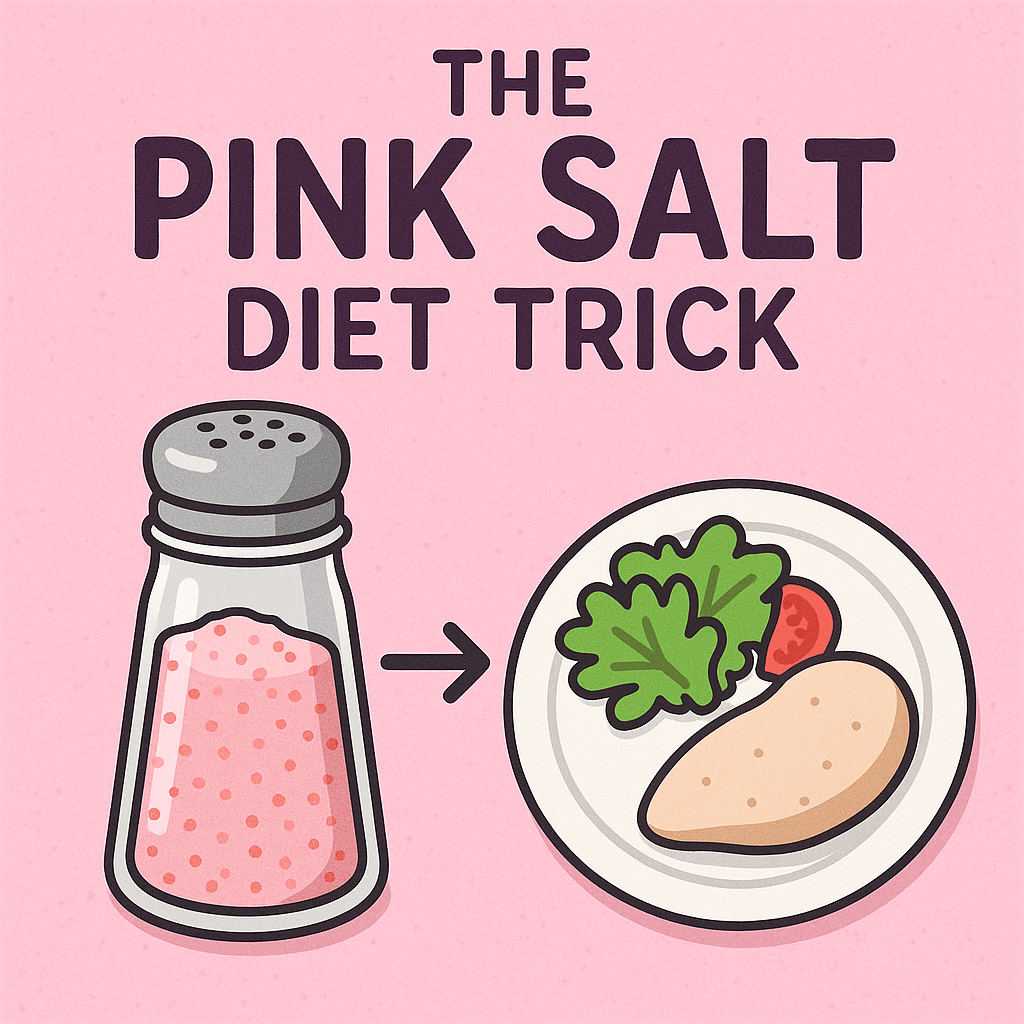
Just Say No to The Pink Salt Diet Trick
The Pink Salt Diet Trick is wellness theater. It gives people something to do that feels productive without requiring the hard work of sustainable lifestyle changes. It’s the dietary equivalent of rearranging deck chairs on the Titanic—lots of activity, minimal impact.
Small amounts of pink salt water won’t hurt most healthy people. But it also won’t deliver the dramatic weight loss or metabolic changes being promised across social media. You’re more likely to see results from drinking plain water consistently than from adding expensive salt to it.
Real health improvement happens slowly and quietly. It doesn’t generate viral content or inspire hashtag movements. It’s built from consistent choices made over months and years, not from morning rituals involving trendy ingredients.
The next time a wellness trend promises dramatic results with minimal effort, remember that your body didn’t get where it is overnight. It won’t transform overnight either, no matter how pink or exotic the supposed solution appears.
